

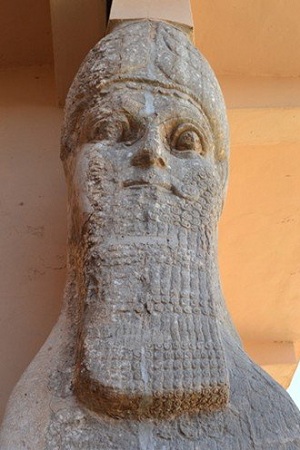 Assur was founded at least as early as 2400 B.C., but it wasn't until the reign of the Assyrian king Shamshi-Adad (ruled 1809-1776 B.C.) that it became the capital of a true empire. Shamshi-Adad's armies took over the bulk of Mesopotamia, as well as Syria and Asia Minor.
Assur was founded at least as early as 2400 B.C., but it wasn't until the reign of the Assyrian king Shamshi-Adad (ruled 1809-1776 B.C.) that it became the capital of a true empire. Shamshi-Adad's armies took over the bulk of Mesopotamia, as well as Syria and Asia Minor.
By then Assur was a magnificent place, having had centuries of kings lavishing it with attention. Several large temples dominated the site, including one for the goddess Ishtar and another for the city's god Assur, who rose to become one of the most important gods in the Assyrian pantheon thanks to the city's fortunes. Rising above all was a ziggurat, a stepped pyramid atop which once stood a temple. Shamshi-Adad's conquests weren't to last and the empire soon fell to the Babylonians. The Assyrian Empire had to be rebuilt by later kings.
Like with many Mesopotamian sites, Assur is in a sad state today. The land has very little stone, so most buildings were constructed with mud brick, which has a bad habit of melting away in the rain, even the sparse rain of Mesopotamia. Thus the ziggurat looks like a big lumpy hill, and we can only see the foundations of the temples and palaces thanks to the meticulous excavations of generations of archaeologists. Despite the poor preservation, there's still a magical quality to the place with the Tigris River flowing lazily by and so much history underfoot.
Another important Assyrian site is Nimrud, established as the imperial capital by King Ashurnasirpal II (ruled 883-859 B.C.). His palace was decorated with lively bas-reliefs showing him hunting, vanquishing his enemies. This site has more to see thanks to the intact stone carvings and several reconstructed buildings. A pair of giant, winged bulls flank the entrance, and several important carvings still line the walls. Sadly, one that showed the king standing before a sacred tree with the god Assur hovering above was smashed and parts of it stolen during the looting that took place during the 2003 invasion.
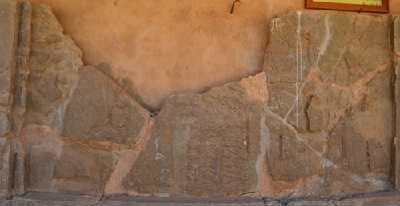
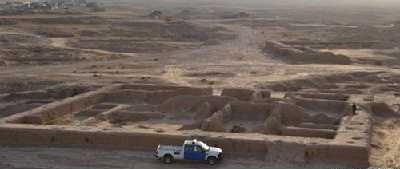
The Assyrians have the reputation of being the bullies of the ancient world, always ready to lay waste to a city, salt the fields, and flay their enemies. This is partially due to their unsympathetic treatment in the Bible and partially to the magnificent bas-reliefs they carved to show off the bloody results of their conquests. The Assyrians were great warriors, but they were no more cruel than any other ancient empire and they achieved a high level of artistic development.
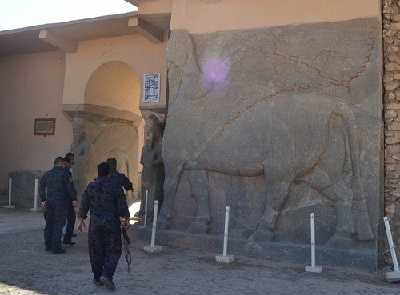
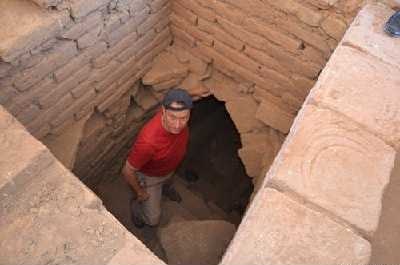
They also valued learning. At Nineveh, another Assyrian site in Iraq, archaeologists discovered a vast library filled with texts on astronomy, medicine, geography and history, as well as the day-to-day functioning of the empire. Ancient classics such as "The Epic of Gilgamesh" were copied and read, and new works were written. Far more than simple thugs, the Assyrians were one of the great empires of the ancient world.
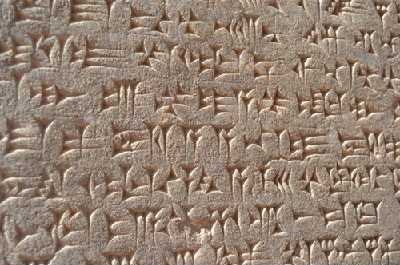

If you can't make it to Iraq, several museums in the West have excellent Assyrian collections, including the British Museum in London, the Louvre in Paris, and the Met in New York City.
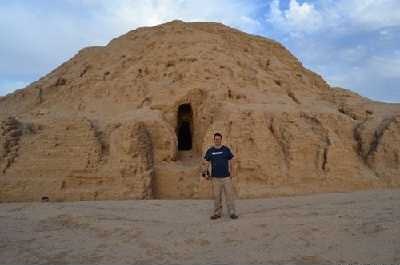

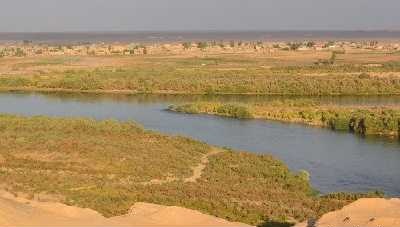
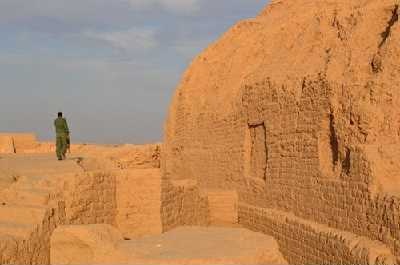
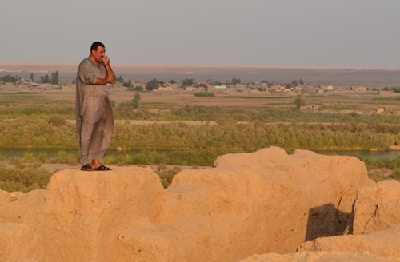
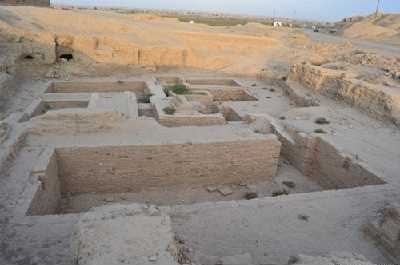

or register to post a comment.